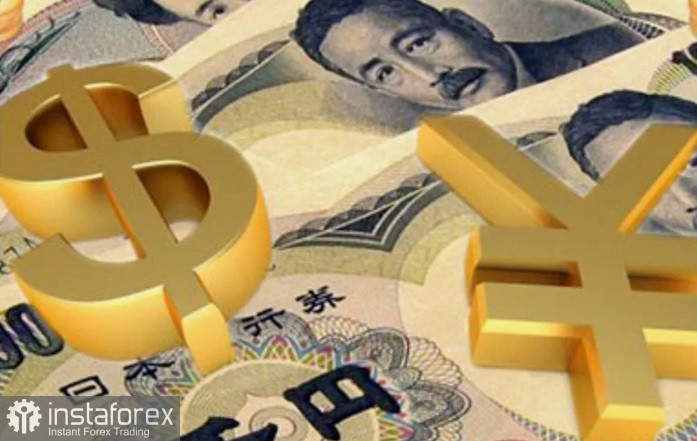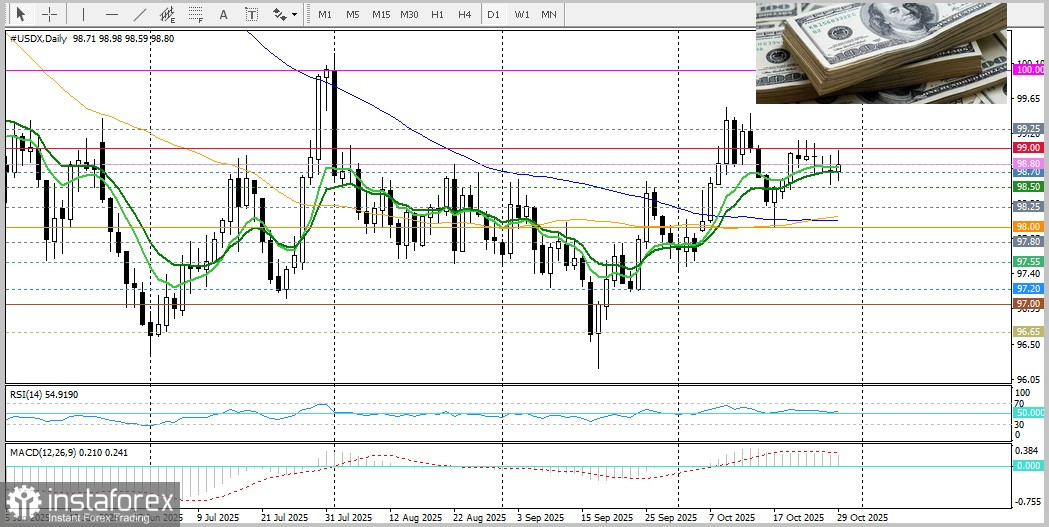
The Japanese yen has paused its rapid intraday decline from the weekly low and was trading in a familiar range against a strong US dollar ahead of the FOMC meeting results.

Assumptions that Japanese Prime Minister Sanae Takahichi will promote active budget spending and resist premature tightening of the Bank of Japan's monetary policy are not contributing to the yen's strengthening. On Wednesday, US Treasury Secretary Scott Bessent called on the Japanese government to give the BoJ the freedom to maintain low inflation expectations and prevent excessive fluctuations in exchange rates. This statement has revived market forecasts that the US may increase pressure on Japan to accelerate its monetary policy tightening.
This statement followed a speech by Japanese Economy Minister Minoru Kiuchi on Tuesday, in which he highlighted the importance of a stable exchange rate aligned with fundamental economic indicators. Kiuchi noted his intention to analyze the impact of exchange rate fluctuations on the Japanese economy and emphasized the need to prevent sharp short-term jumps.
Additionally, US President Donald Trump and newly appointed Prime Minister Sanae Takahichi have signed an agreement establishing the foundations for ensuring the security of the extraction and processing of rare earth elements and other strategically important minerals. This contributed to a relative advantage for the Japanese yen on Wednesday.
Meanwhile, Takahichi's pro-stimulus approach to economic recovery may further delay the Bank of Japan's tightening plan. However, traders are confident that the central bank will ultimately raise rates in December or early next year. This sharply contrasts with the Federal Reserve's "dovish" expectations.
The US Fed is expected to cut borrowing costs by 25 basis points following its two-day meeting. Moreover, market participants are pricing in a high probability of another rate cut in December.
In addition to the key Fed rate decision, attention should also be paid to the BoJ's further policy updates on Thursday. Another "hawkish" hint would be sufficient for further gains in the yen. However, an unexpectedly restrained tone, although unlikely, could dispel any positive prospects for the yen and trigger active selling.
From a technical perspective, this week's price drop below the monthly high around 153.25 represents the formation of a bearish "double top" pattern on the daily chart, confirming the likelihood of further declines for the USD/JPY pair. However, it is worth noting that the oscillators on this chart are positive, so bears need to exercise caution.
On the other hand, a significant recovery beyond Wednesday's high around 152.55 may attract sellers, who will be limited by the round level at 153.00. Purchases beyond this level will be perceived as a new trigger for bulls, and the pair will target the round level of 154.00.





















